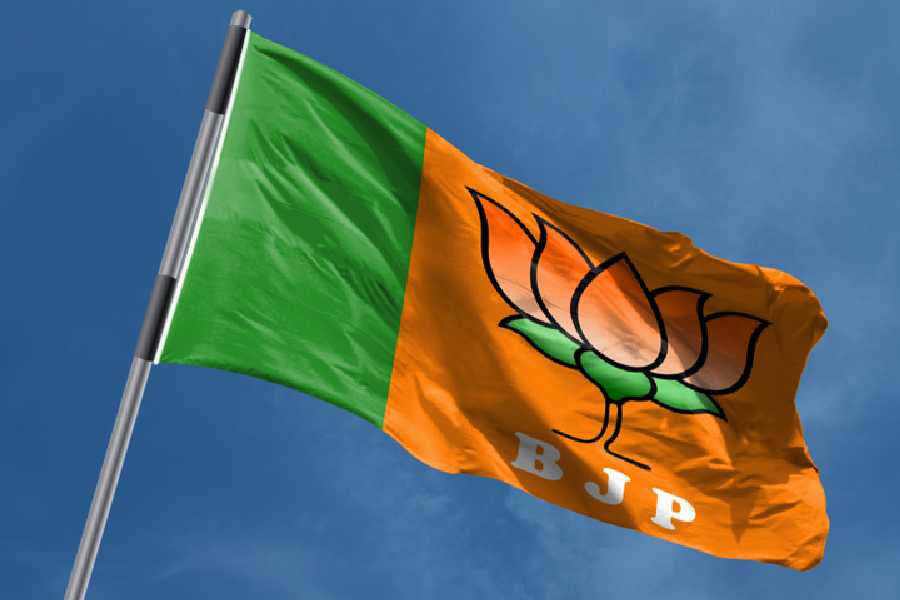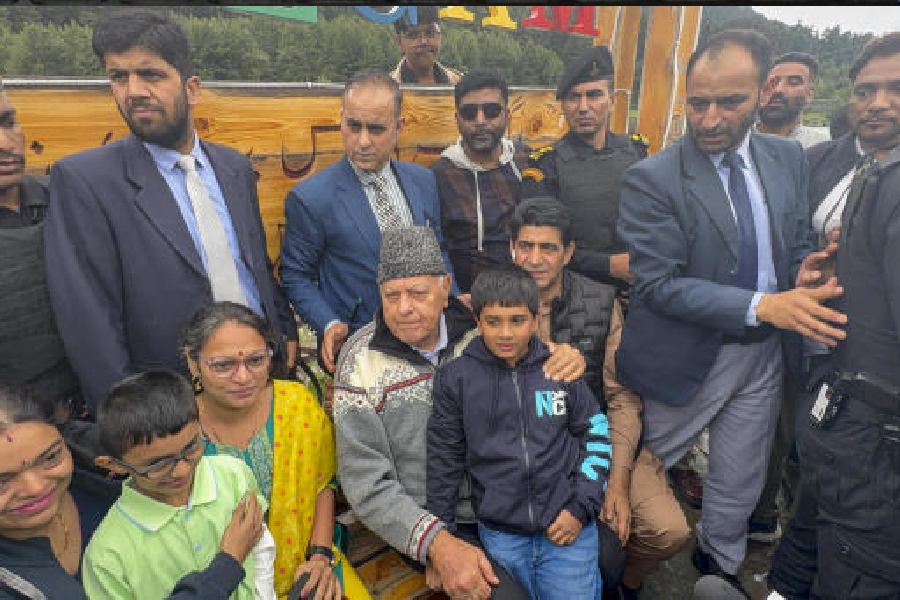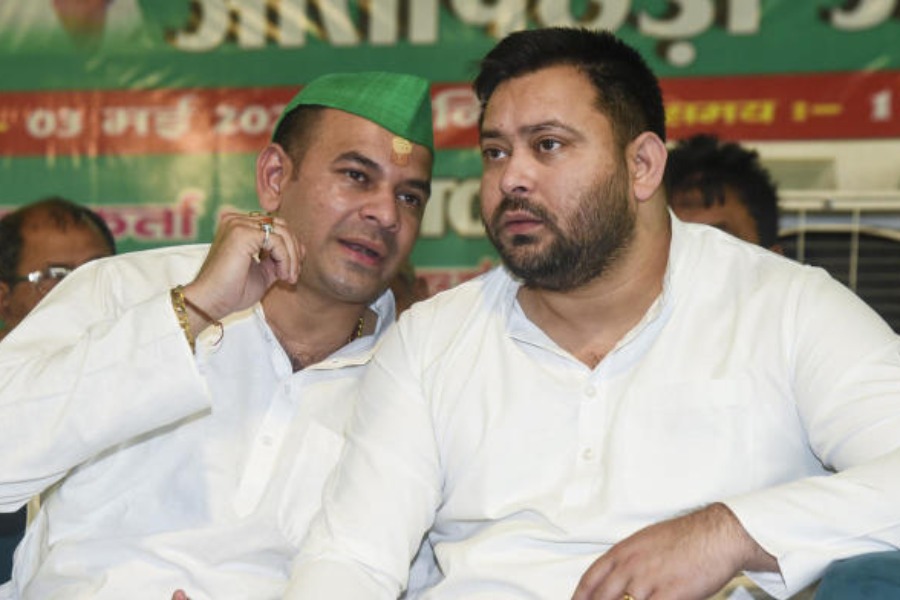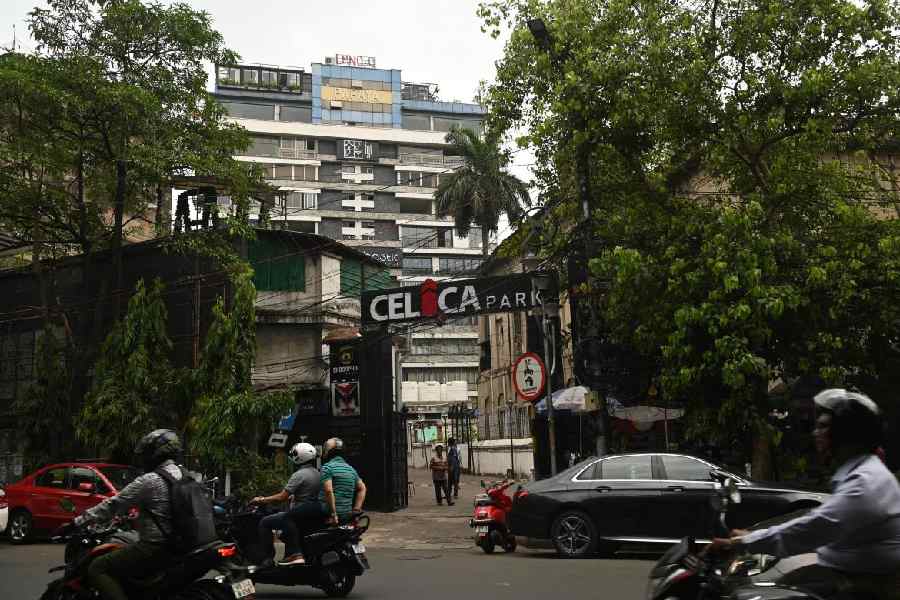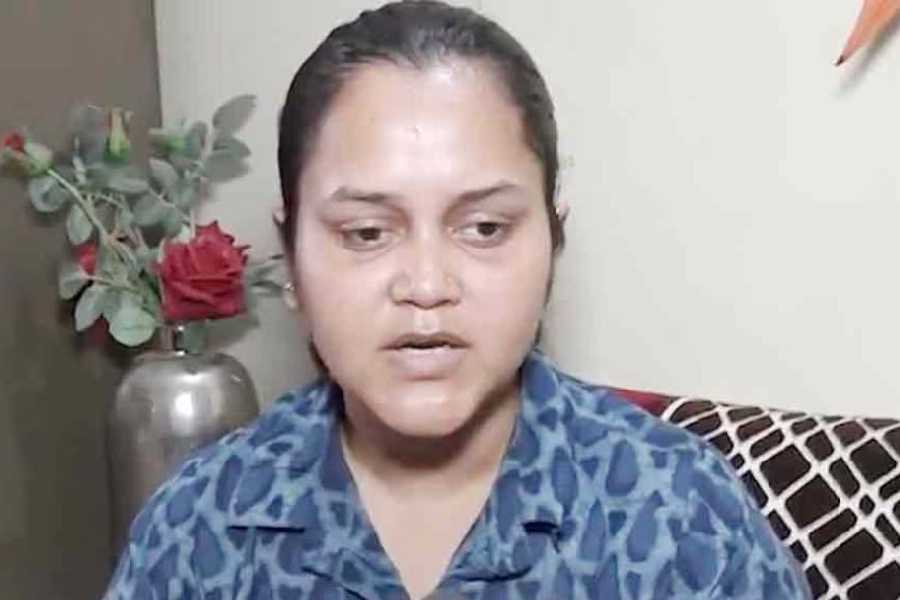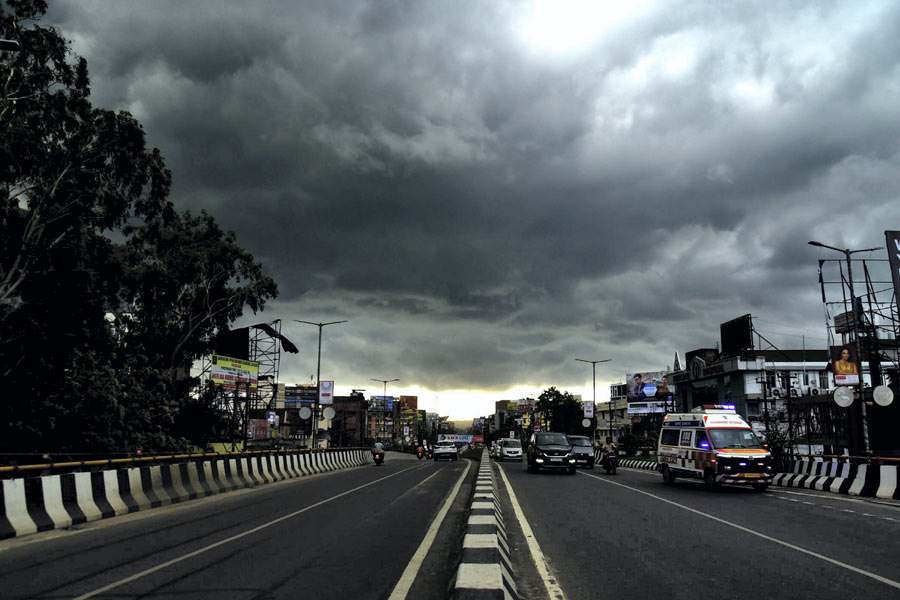New Delhi, July 9: Decks are being cleared to declare at least three ethnic groups of Assam — Moran, Muttock and Koch Rajbongshi — as Scheduled Tribes (ST), in line with Ulfa’s demand.
The Ulfa had last month sought ST status for six ethnic groups, the other three being Tai Ahom, Tea Tribes and Chutiya. But these three groups might have to wait longer for the status.
The Assam government had late last week sent ethnographic reports on the Morans, the Muttocks and the Koch Rajbongshis to the ministry of home affairs, which sent it to the ministry of tribal affairs, which will forward its report along with the ethnographic reports to the Registrar General of India (RGI), which will take the final call.
Ulfa does not want sovereignty any more, but it has insisted that the indigenous people of Assam be protected constitutionally. At present, 12.4 per cent of the state’s 3.12 crore population (2011 census) are accounted for as ST. There are 15 major Scheduled Tribes, including sub-tribes, in the districts of Karbi Anglong and Dima Hasao alone and another 14 STs outside these two areas in Assam.
Ulfa’s former deputy commander-in-chief Raju Barua said the state government was “processing” the matter of granting ST status.
“It will be difficult to elaborate but we are talking on all basic issues, including ST status. Nothing has been finalised yet,” he told The Telegraph over phone.
The RGI had earlier rejected the demands of some of these tribes for various reasons but the ethnographic reports reason that these ethnic groups are indeed tribes because of their distinctive characteristics and history.
Article 342 of the Constitution notifies Scheduled Tribes as having five major characteristics — primitive traits, geographical isolation, distinct culture, shyness of contact with community at large and economic backwardness.
The Assam government has strongly used these arguments — the groups’ extreme backwardness, distinct cultural traits, shyness of contact with community at large and differences with the “Hindu” fold of Vaishnavites — in its reports to seek ST status for the ethnic communities.
For the Morans, who live in Tinsukia and Dibrugarh, the government has shown that the group, which is close to the Muttocks, has been “socially despised through the ages”.
“Backward to the extreme, their condition is worse than many other plains tribes,” the ethnographic report on Morans says.
In support of Morans, the report argues that the group has fought oppression at least since the second half of the 18th century. This is borne out in the rebellion against the state by Ragha Neog and Naharkhora Saikia for an autonomous state (Moamariya rebellion, 1769-1805). Their condition became worse after the British annexed territories in Upper Assam for tea gardens.
Drawing attention to the distinct dress and culture of Morans like Thekiya Mekhela, Kulabari dance and Moran Bihu festival, the government has argued that this ethnic group has been a “secluded tribe all through ages”.
An argument for not extending ST status to Morans has been that they are Hindus. But the state’s report argues that with their distinct socio-cultural identity and customs, the Morans are followers of “ethnic Vaishnavism”. “It is a name not a religion,” the report was quoted as saying by sources.
Similar arguments have been extended for the Koch Rajbongshis and the Muttocks.
Sources, however, said declaring Tai Ahoms and Tea Tribes as Scheduled Tribes may take more time. There are 12 sub-groups within Tea Tribes, like the Mundas and the Oraons who were brought in from eastern India by the British to work in tea gardens. While they are notified ST in other states, in Assam they do not enjoy that special status.


